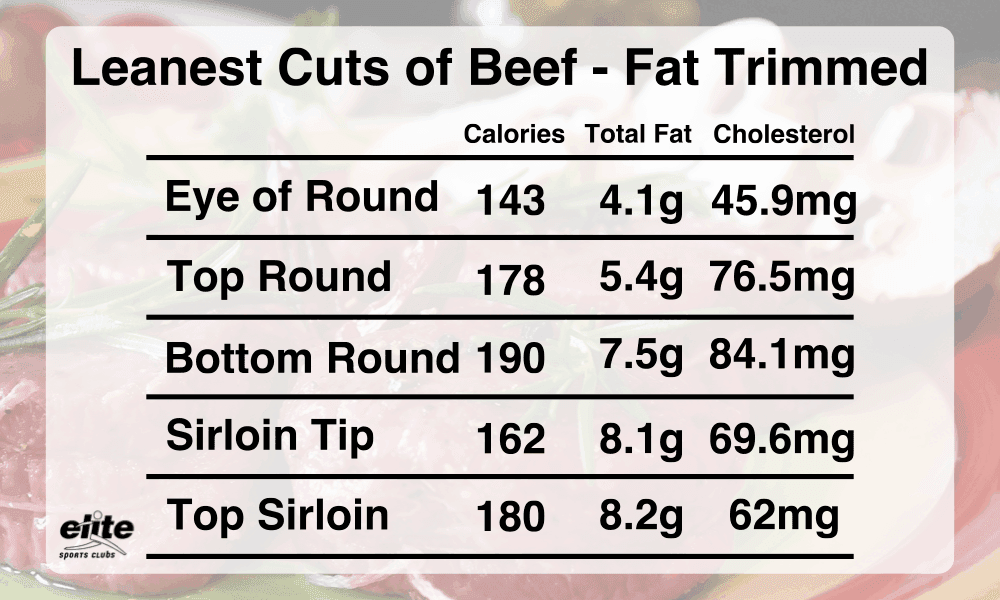
To raise awareness for heart disease and prevention, February is marked as American Heart Month. Do your heart a favor and try out some of these heart-healthy cooking tips!
11 Heart-Healthy Cooking Tips
- Use herbs and spices. To lower the need for salt, take advantage of the abundance of herbs and spices available. They are a great way to add flavor to meals without the sodium. Reducing sodium intake keeps blood pressure in check, among many other health benefits. One of my favorite ways to experiment with new spices is visiting a local Indian grocery store and trying out a new recipe.
- Limit saturated and trans-fat intake by replacing red meat with plant protein sources such as beans, lentils, peas, and nuts.
- Lean meats. When choosing meats, look for the words “loin” or “round”. These cuts of meat are lower in fat. For chicken, choose skinless breasts over skin-on or thighs. Dark meat and skin contain high amount of unhealthy fats.

- Limit intake of processed meats. Items like hot dogs, brats, bacon, and salami are high in saturated fat and sodium, both of which negatively impact artery health and blood pressure.
- Frozen vegetables. If fresh vegetables go bad on you, opt for frozen over canned. Frozen vegetables are harvested at peak ripeness, giving them the most nutrition. Canned vegetables are loaded with salt to preserve them, while frozen vegetables contain no added ingredients. Steer clear of “seasoned” or “sauced” frozen vegetables, though. Those are packed with sodium, too!
- Drain and rinse ground meat and legumes. After browning hamburger meat, drain and rinse it to remove any extra fat. Before using canned beans or legumes, drain and rinse them to remove excess salt.
- Eat more fish. Two servings per week provide Omega-3s that benefit the heart and vascular system in many ways. Avoid frying fish and instead bake, broil, or grill it.
- Choose high-quality oils for cooking and baking. Oils such as olive or avocado provide high amounts of healthy unsaturated fats and antioxidants. Choosing these types of fats help to keep arteries clean and reduce blood pressure.
- Use oil sprays or a brush to add oil when cooking. Using these methods gives you more control over the amount used. Oil sprays work well for pan-fried sandwiches as well. Instead of spreading a grilled cheese with butter, try lightly spraying it with a cooking spray for the same golden-brown effect.
- Focus on fiber. Not only are fiber-rich foods like whole grains, vegetables, and fruit full of vitamins and minerals, but they also keep you fuller for longer, helping you to eat less throughout the day. Fiber helps to lower “bad” cholesterol, helping protect against heart disease.
- Cook at home. While frozen vegetables are a great option, other frozen meals are often packed with sodium. Restaurants load their dishes with fat and salt to make them taste better. Re-creating your favorite meals can be fun while giving you control over what goes into them. Get the whole family involved and create an experience out of mealtime.
For additional cooking tips, meal plans, and dietary strategies, schedule a FREE consultation with our Registered Dietitian, Sarah Brunner!
Schedule a Nutrition ConsultationWritten by Whitney Ament, Nutrition Intern at Elite Sports Clubs